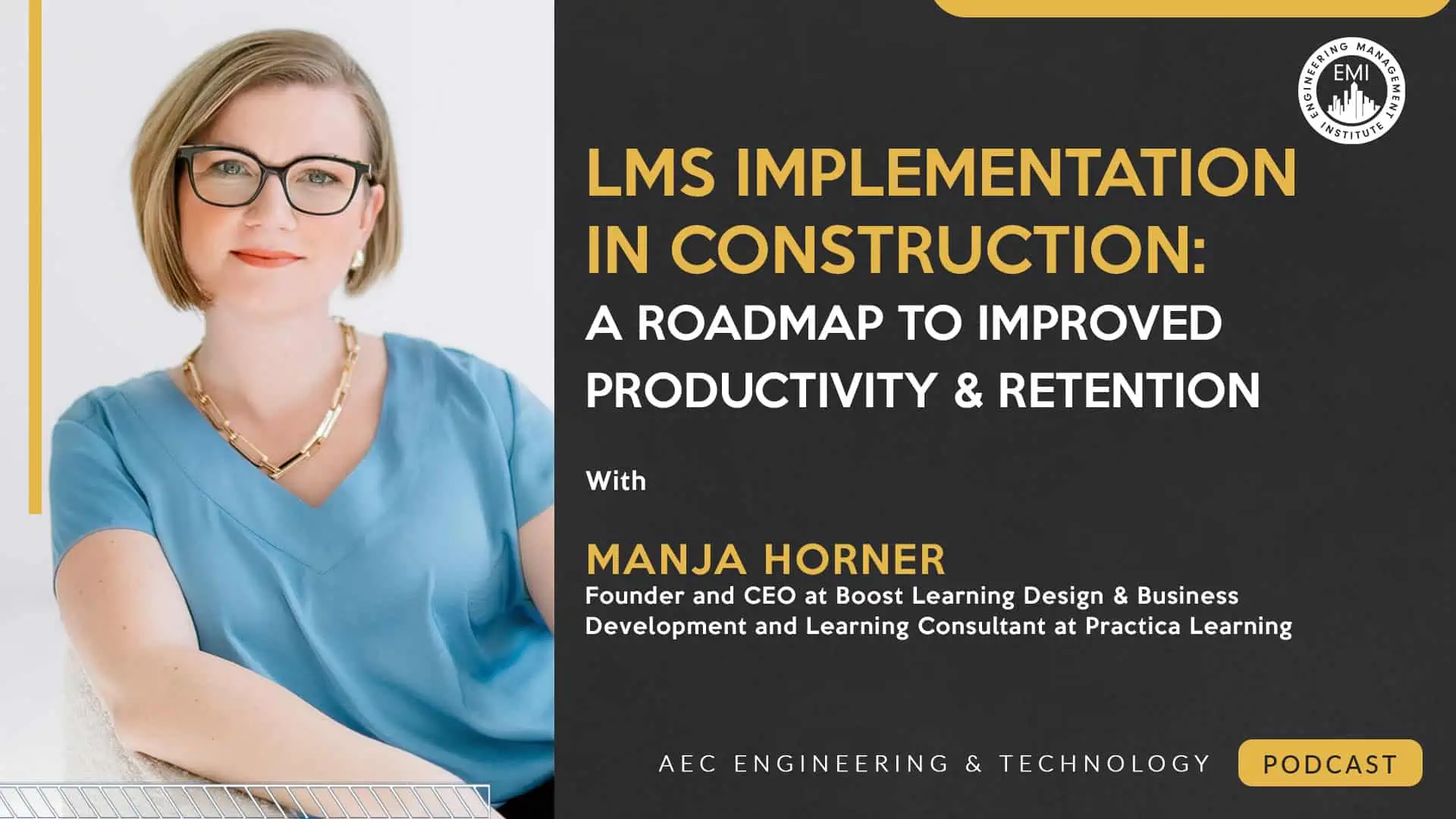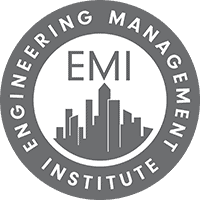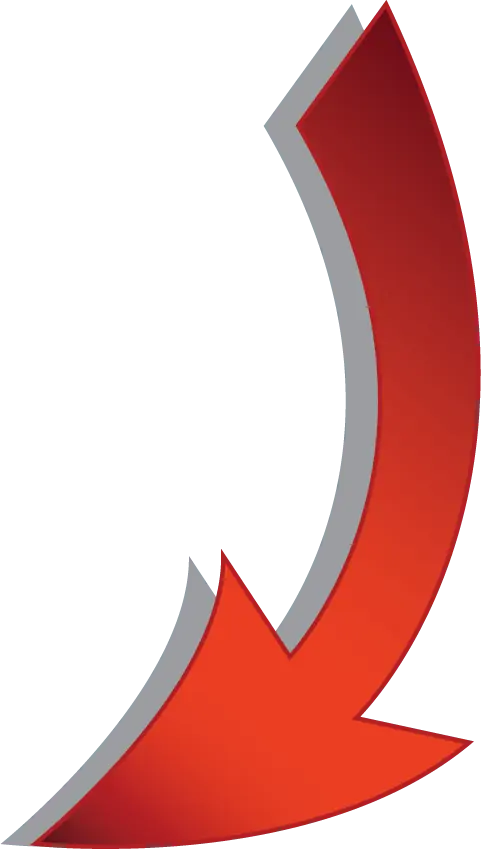Podcast: Play in new window | Download | Embed

***The video version of this episode can be viewed here.***
Engineering Quotes:
Here Are Some of the Questions I Ask Manja:
- What is the full form of the acronym LMS?
- Do you work with clients of different company sizes?
- Is the implementation sweet spot for the system around 30 to 50 employees, or would you suggest it for smaller firms or different stages of business growth?
- Can an LMS help in the construction industry where learning often occurs on the job, different from traditional engineering or trade school education?
- Why is digitizing knowledge better than writing it on paper and filing it away, and what are the specific advantages of choosing digitization?
- How does an LMS implementation enhance employee retention in construction or AEC businesses?
- What challenges or obstacles might businesses or business owners face when attempting to implement an LMS?
- Are there specific features or functionalities that you are seeking in an LMS tailored for your clients in construction, engineering, or architecture?
- How does your expertise add value by guiding potential clients through their needs and helping them choose the best product, as opposed to them navigating this space without assistance?
- Based on your observations and anticipated trends, what do you believe the future holds for LMS in the construction industry?
- What advice or best practices would you offer construction business owners considering the adoption of an LMS to upskill their workforce?
Here Are Some Key Points Discussed in This Episode About LMS Implementation in Construction:
- The LMS, short for learning management system, plays a key role in education technology. It’s the go-to place for organizing training, assessments, and certifications, offering features like reporting and authoring tools. What’s crucial is its integration with the HRIS, ensuring a smooth employee journey from onboarding throughout their career. This collaboration between the LMS and HRIS enhances the overall employee experience by managing workforce data and qualifications seamlessly.
- Manja prefers teaming up with companies in the 30- to 50-employee range, stressing the significance of investing in infrastructure for growth. This approach ensures a more strategic and organized implementation, avoiding the chaotic rush associated with delayed initiatives.
- The ideal range for implementing the system is around 30 to 50 employees. Going smaller might strain resources, making it challenging to manage learning paths. Larger companies face challenges implementing them retroactively, as seen with a current client expanding from 150 to 300 staff. Consistency in onboarding is crucial for smooth growth and avoiding high turnover.
- An LMS is vital for preserving and passing on practical knowledge, especially in fields like heritage restoration, where experience matters most. With seasoned practitioners holding a wealth of expertise, the LMS acts as a tool to smoothly transfer these skills to younger individuals interested in the craft. This approach, widely used in other industries, is an untapped opportunity in construction, offering a way to quickly share essential skills and knowledge.
- Digitizing knowledge is essential for three main reasons: accessibility, searchability, and prompt access. Unlike paper documents, digital information is readily available to everyone, and modern technology allows for easy searchability. In today’s age, quick access to information is vital, especially for adult learners who prefer on-the-spot solutions rather than memorization. Whether through videos, micro-learning, or written processes, digitization ensures that valuable insights are at your fingertips whenever needed.
- In Canada and the U.S., there’s a strong focus on attracting and retaining young talent in trades, particularly in construction. Recognizing the importance of hiring and retention, companies are turning to streamlined onboarding and digitized learning paths facilitated by an LMS. For young individuals, an organized approach that offers clear career pathways is appealing, making the hiring process more effective. Beyond onboarding, strategic use of the LMS for skill development and career progression ensures a structured and attractive journey within the company.
- Implementing an LMS presents challenges, particularly in choosing the right system. It’s crucial to avoid oversized platforms with unnecessary features. Strategic content planning is essential, aligning training with job profiles and skills. Administration, tracking certifications, and progress monitoring are additional complexities. Having an Edtech expert can guide you through these challenges, ensuring a smooth implementation process.
- When choosing an LMS, focus on cost-effective and streamlined solutions by consolidating tools. Look for compatibility with HR and knowledge management systems, authoring tools, assessment capabilities, and reporting functions. Ensure attestation features meet regulatory requirements and consider skill planning options. This approach tailors the LMS to the specific needs of industries like construction, engineering, or architecture.
- Entering this space without experience is risky as choosing the wrong learning management system (LMS) can cause issues down the line. An LMS is foundational, and migrating later is complex and not fun. Start with the right system to avoid headaches and ensure seamless growth for your business.
- The future of learning management systems (LMS) in construction is shaped by exciting trends. Artificial Intelligence (AI) is revolutionizing content creation, making it more agile for instructional designers. AI’s integration into LMS authoring capabilities will streamline course creation. Virtual reality (VR) is gaining traction, particularly for immersive training in industries like elevator technicians and scaffolding builders. Augmented reality (AR) is becoming valuable for on-the-job training. These innovations mark the beginning of a transformative phase in construction industry training.
- Construction business owners looking to enhance their workforce’s skills through an LMS should prioritize foundational work. Seek support for essential HR building blocks, strategy, user access, and content before diving into technology. The LMS is just one part of the broader learning ecosystem, so ensure these elements are well-established for a successful upskilling initiative.
More Details in This Episode…
About the Guest: Manja Horner

Through her business Boost Learning Design, they help clients in the skilled trades + construction industry to create inspiring, enriching, and all-encompassing learning experiences for better employee and team adoption, integration, and education. A well-oiled HR and L&D machine in the back end means better employee retention, happier leadership, and a company owner who can scale and grow.
Her corporate experience is the bedrock for organization and systems thinking underpinning every client project. With two degrees and over 15 years of experience, Manja has made a career digging into what makes learning stick, bringing integrity to all of her client work.
About the Host: Nick Heim, P.E.

Nick’s interests lie at the intersection between the built world and technology, and he can be found looking for the ever-changing answer to the question, “How can we do this better?” Nick can be found on LinkedIn, producing content about the use of technologies in his civil engineering career and small business.
Sources/References:
Practica Learning
Boost LD
LMS (Learning Management System)
Bamboo HR
HRIS (Human Resource Information System)
Edtech
Connect with Manja Horner on LinkedIn
We would love to hear any questions you might have or stories you can share on LMS implementation in construction.
Please leave your comments, feedback, or questions in the section below.
To your success,
Nick Heim, P.E.
Host of the AEC Engineering and Technology Podcast





